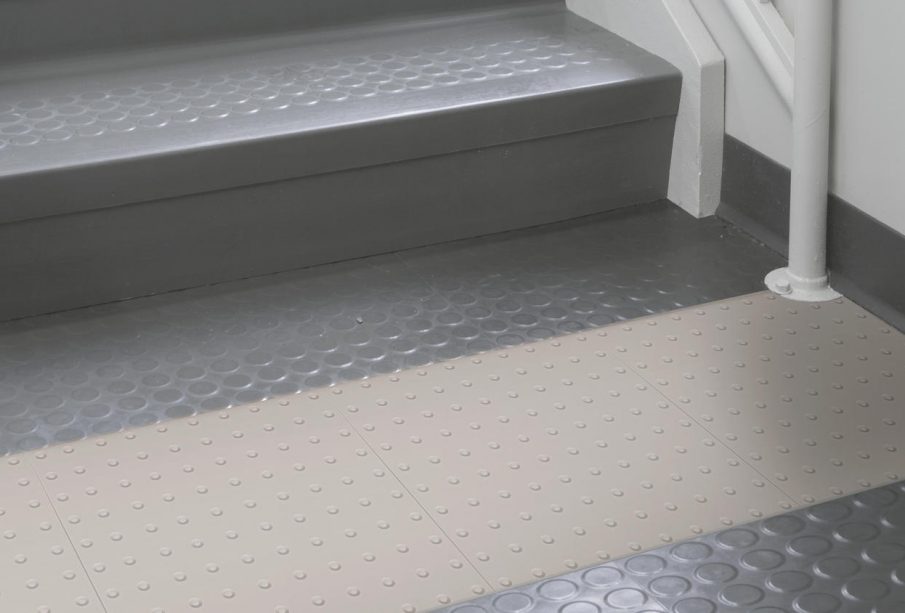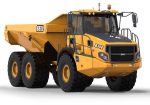What are Detectable Warning Panels?

Detectable warning panels are intended to keep pedestrians from entering dangerous areas without checking for traffic. Detectable warning panels are made so that people can feel them under their feet. They are also usually brightly colored to make them easy to see for people who are not visually impaired. Warning panels usually have tactile designs like truncated domes that ensure people can usually feel them under their feet. Well-designed detectable warning panels are easy to install, tough, and follow ADA guidelines. Read on to learn more about detectable warning panels.
Are Detectable Warning Panels Difficult To Install?
One of the biggest benefits of detectable warning panels is that they are easy to install. They do not require any construction work on the surface. They can simply be stuck on with some powerful adhesive. The right adhesive will set quickly and last for years. Manufacturers often include adhesive with their panels so that people do not have to worry about finding the right adhesive for the job. Detectable warning panels can usually be installed within a few minutes.
The Design of Detectable Warning Panels
Detectable warning panels are a simple solution to an important problem, but they are highly engineered to be durable and effective. The best detectable warning panels are made out of glass and carbon composite and include fiberglass truncated domes. This design is very tough and durable. The material we’ll also retain its color throughout harsh weather. This is important not just for cosmetic reasons, but also to ensure that the panels are always brightly colored and very easy to see for non-visually impaired people. It is important that these warning panels are not a slipping hazard. This is why well-designed detectable warning panels will include beveled edges on the perimeter so that the transition from the concrete to the panel is as smooth and unintrusive as possible.
Detectable Warning Panels Must Follow ADA Guidelines
There are several sets of rules and guidelines that detectable warning panels and similar products must follow. The most prominent of these is the Americans with Disabilities Act Accessibility Guidelines, also known as the ADAAG. There is another important set of guidelines known as Public Right-Of-Way, or PROW. Also, California has its own Title 24 requirements. Well-designed warning panels will follow all of these different requirements. Detectable warning panels should use truncated domes because this pattern meets or exceeds all of these guidelines. These guidelines also specify how large the domes can be and how far apart they can be to ensure that the detectable warning panels are as effective as possible.










